Cà Phê Sữa Đá: Basic Information
Pronunciation
Alternative Name(s)
Drink Type
Mealtime
Popular Variations
Cà Phê Sữa Đá: Ingredients and Preparation
Main Ingredients
Main Preparing Method
Preparation Process
Cà Phê Sữa Đá: A Deep Dive
Cultural Significance
Taste
Texture
Aroma
Color
Serving Style
Serving Temperature
Accompaniment
Occasions
Calories
Popularity
Popular Similar Drinks
- Cà Phê Đá
- Bạc Xỉu
- Cà Phê Trứng
- Cà phê Cốt Dừa
- Cà Phê Muối
- Cà Phê Bơ
- Cà Phê Lá Dứa
- Sinh Tố Cà Phê
- Sữa Chua Cà Phê
Popular Dining Area
Cà phê sữa đá is a popular beverage in Vietnam, traditionally made by brewing coffee in a phin filter (a Vietnamese-style filter) and condensed milk, served with ice.
This drink is common in Saigon because of the hot and humid climate in Southern Vietnam. As a sign of hospitality, coffee shops in Saigon often offer complimentary iced tea (trà đá) with unlimited refills.
Cà phê sữa đá popularity has spread to the Northern region, where it is called nâu đá. The term “nâu đá” describes the color of this drink, which is brown (as “nâu” in Vietnamese), and đá is ice.
Besides cà phê sữa đá, cà phê đá (iced coffee) is also a common choice across the country.
Besides, I’ll offer you information about cà phê sữa đá history, guide you through the steps to prepare it and discuss its benefits and drawbacks.
You’ll learn how to differentiate cà phê sữa đá from bạc xỉu to ensure your coffee order is correct. Finally, don’t miss the FAQs and a list of beverages similar to cà phê sữa đá. Check it out now!
Key Points
Cà Phê Sữa Đá Images
What Is the History of Cà Phê Sữa Đá?
Cà phê sữa đá has a history that is associated with Vietnam’s coffee culture and colonial past. Coffee was first introduced to Vietnam in 1857 by the French during their colonization.
Initially, the French and Vietnamese drank hot coffee, but over time, especially in the hotter southern regions, the iced variation became popular. What makes cà phê sữa đá stand out is the use of sweetened condensed milk, which was a substitute for fresh milk that was scarce and expensive in Vietnam in the past.
After learning the history of cà phê sữa đá, you might want to know how Vietnamese make this iconic drink, right? So continue reading for more details.
How To Prepare Cà Phê Sữa Đá Like Locals?
With four simple steps as below, cà phê sữa đá will be your new favorite beverage because of its simplicity.
Step 1: Preparing Ingredients and Filter
Pour condensed milk into a glass. Then place a coffee filter on the top of the glass.
Step 2: Adding Coffee
Add ground coffee to the filter, then pour a bit of hot water to let it brew. Let the coffee slowly drip into the glass.
Step 3: Mixing Coffee and Condensed Milk
Once the coffee is fully dropped, remove the filter and stir well to mix the milk and coffee.
Step 4: Add Ice
Add ice to the glass and enjoy. You can skip this step if you prefer to enjoy the beverage hot.
Next, let’s explore the advantages and drawbacks of this Vietnamese coffee drink with condensed milk.
Pros and Cons of Drinking Cà Phê Sữa Đá
Refer to the table to have a comprehensive view of cà phê sữa đá in terms of its pros and cons.
Pros
Cons
Though it is a class coffee drink in Vietnamese, many foreigners might mistake cà phê sữa đá for another famous coffee in the country, which is bạc xỉu. So how do they differ from each other?
What Are the Differences between Cà Phê Sữa Đá and Bạc Xỉu?
In fact, it is easy to distinguish cà phê sữa đá and bạc xỉu, which are both loved coffee choices in Vietnam. Here are five main features to compare these two.
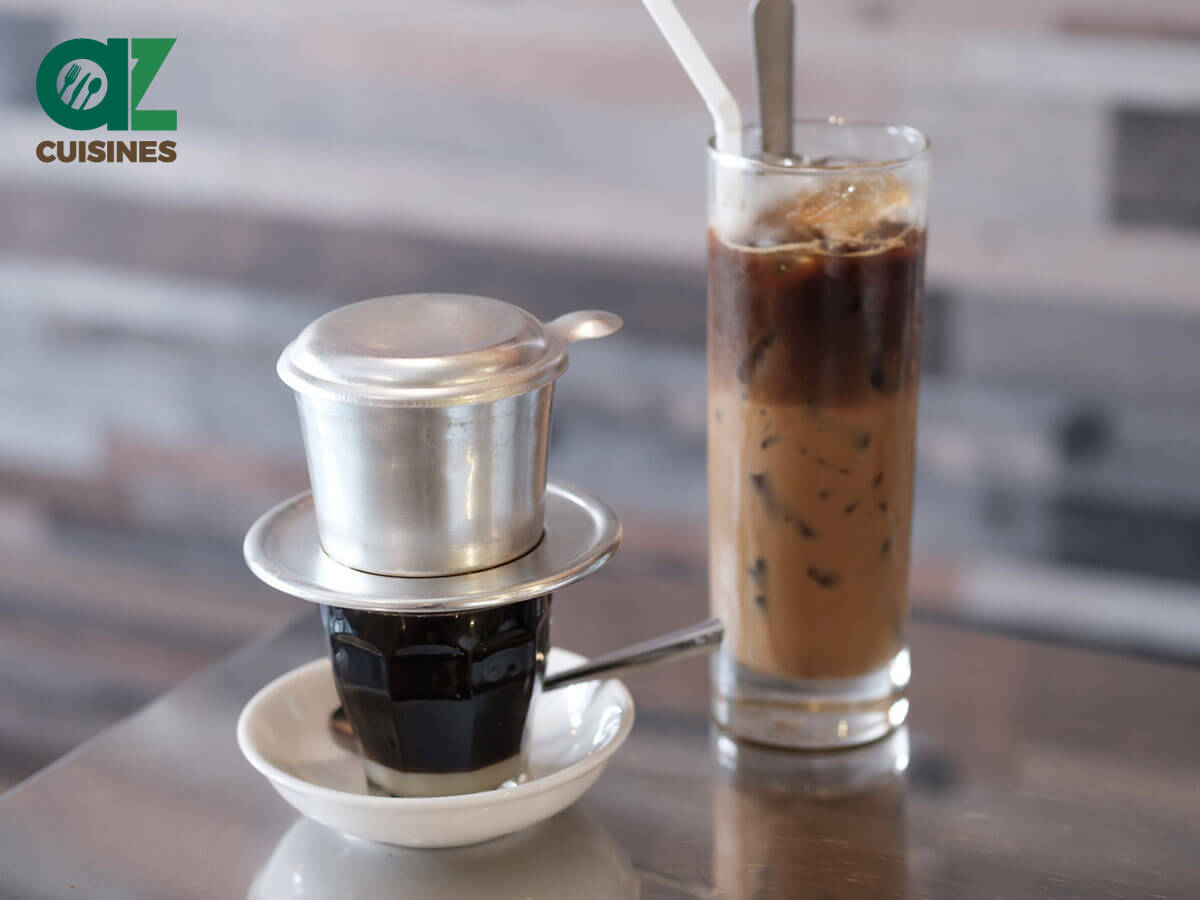
Cà Phê Sữa Đá
Main Ingredients: Vietnamese coffee and sweetened condensed milk
Flavor Profile: Strong, robust coffee flavor balanced with sweetness
Color: Dark brown
Serving Style: Often served cold over ice
Popularity: Popular throughout Vietnam

Bạc Xỉu
Main Ingredients: Coffee and a higher ratio of sweetened condensed milk
Flavor Profile: Milder in coffee flavor, sweeter, creamier due to more milk
Color: Light brown
Serving Style: Can be served hot or cold
Popularity: More popular in Southern Vietnam
Next, don’t miss out on the upcoming section where I’ll cover frequently asked questions about cà phê sữa đá.



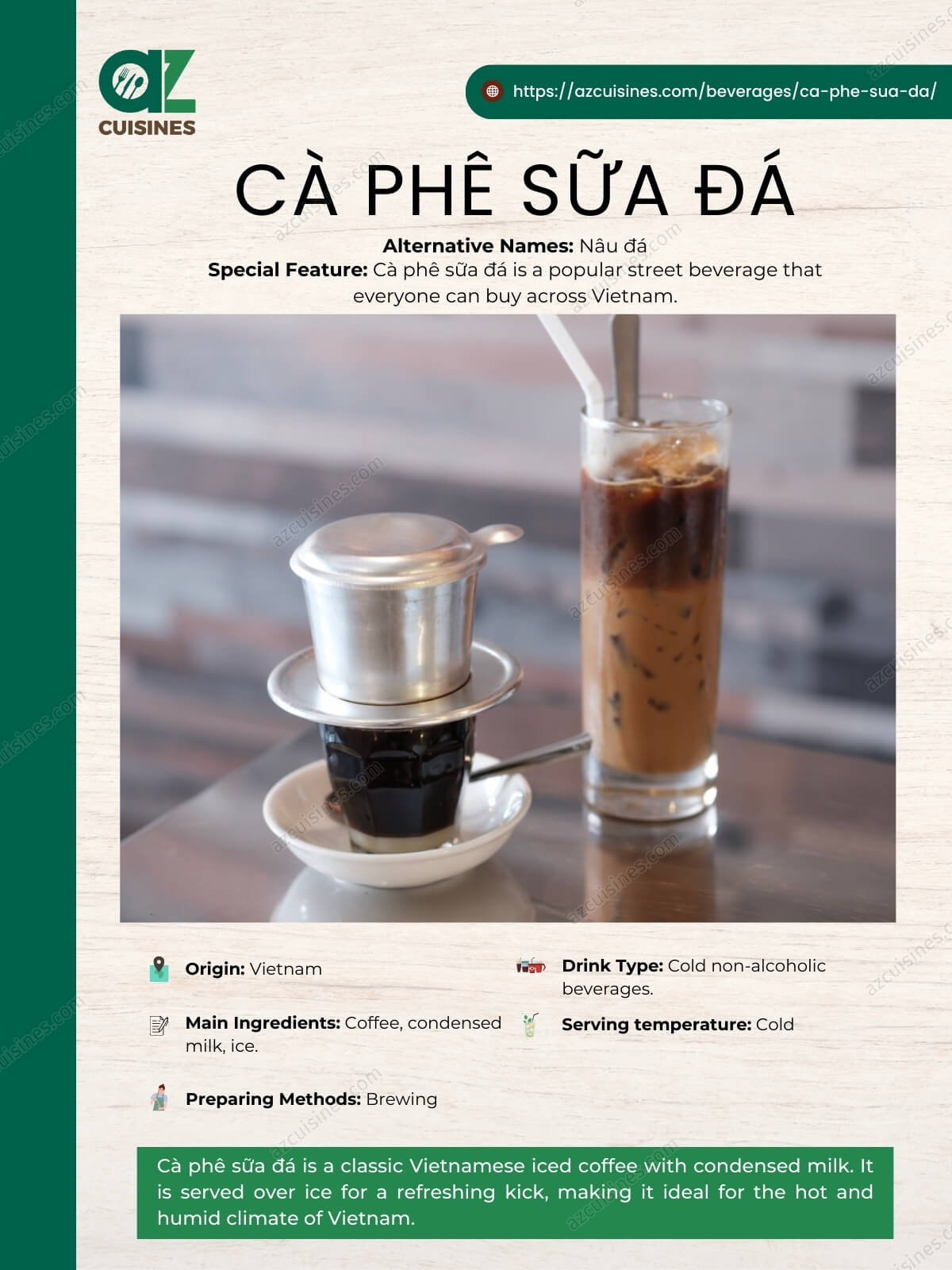
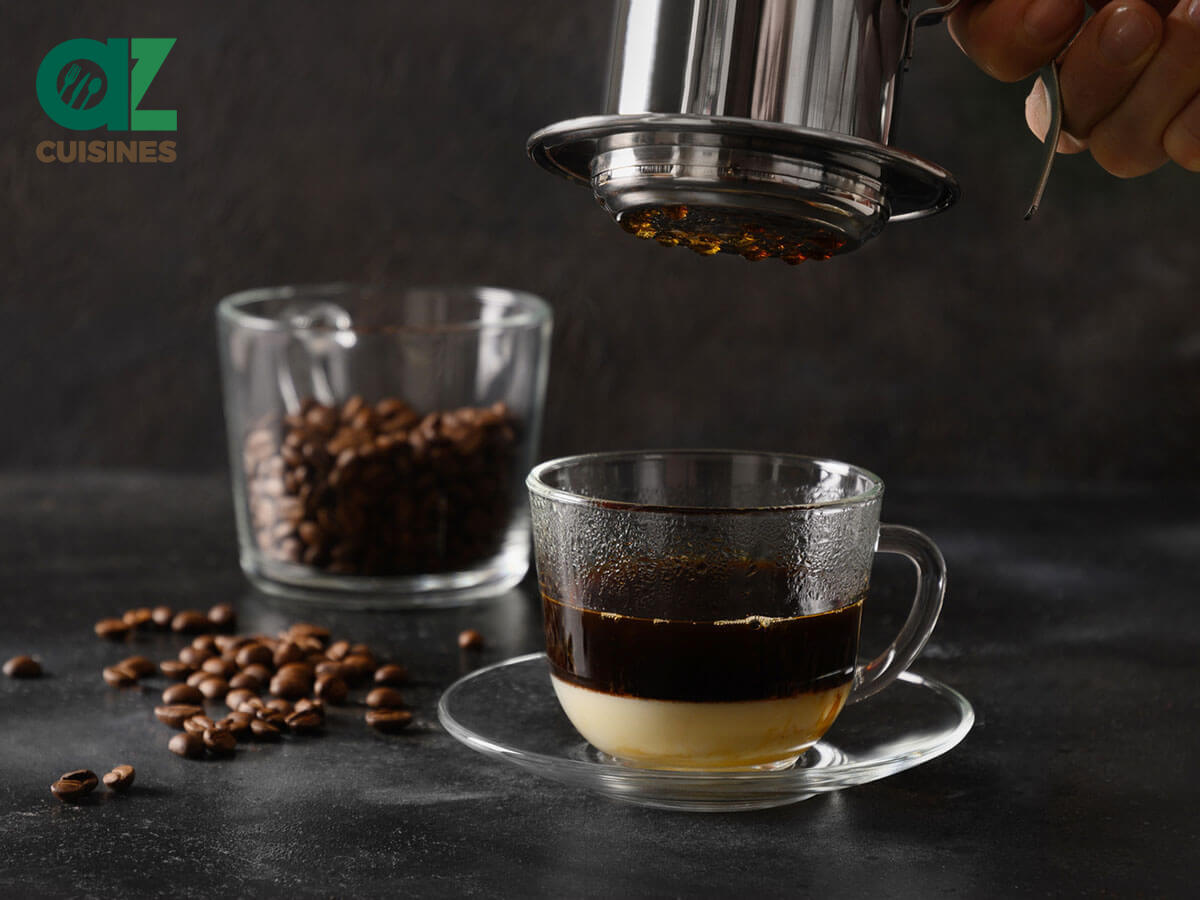

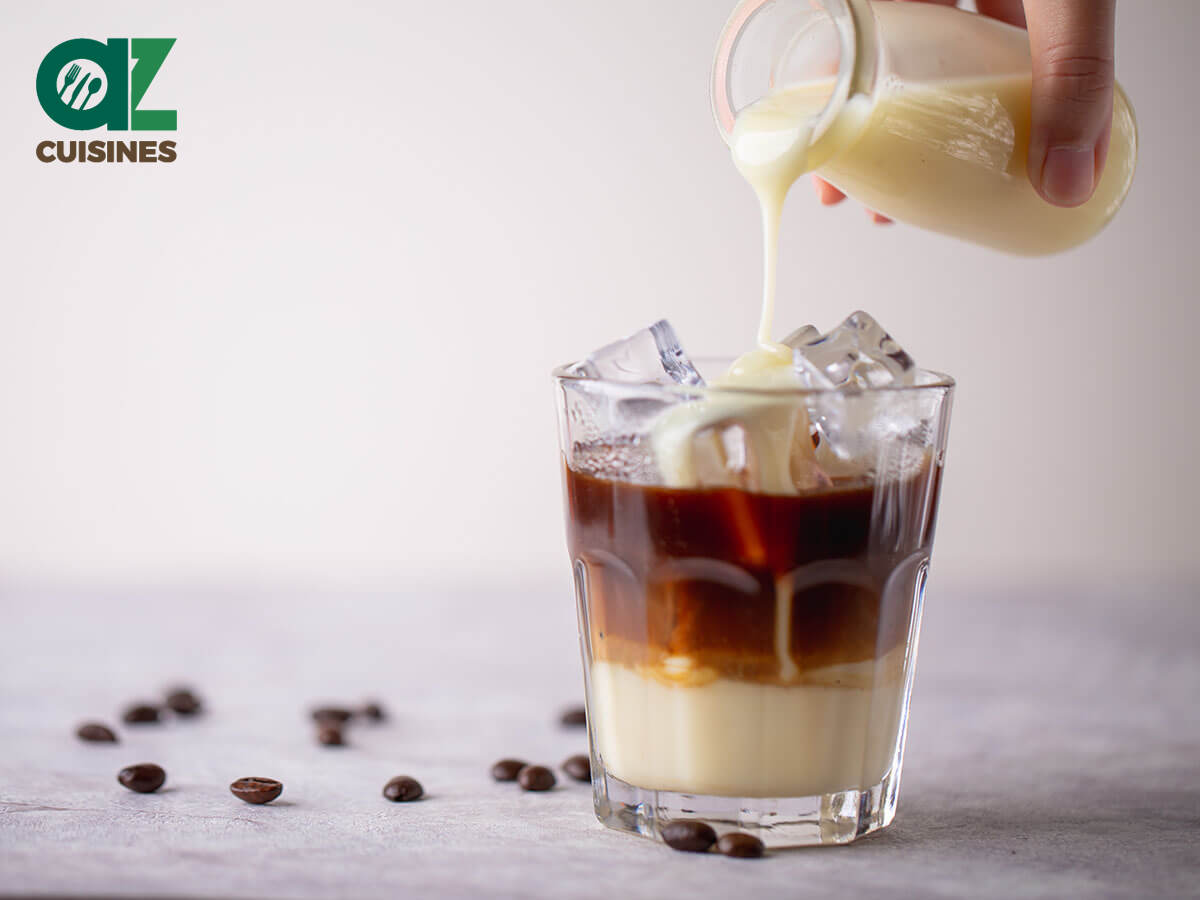
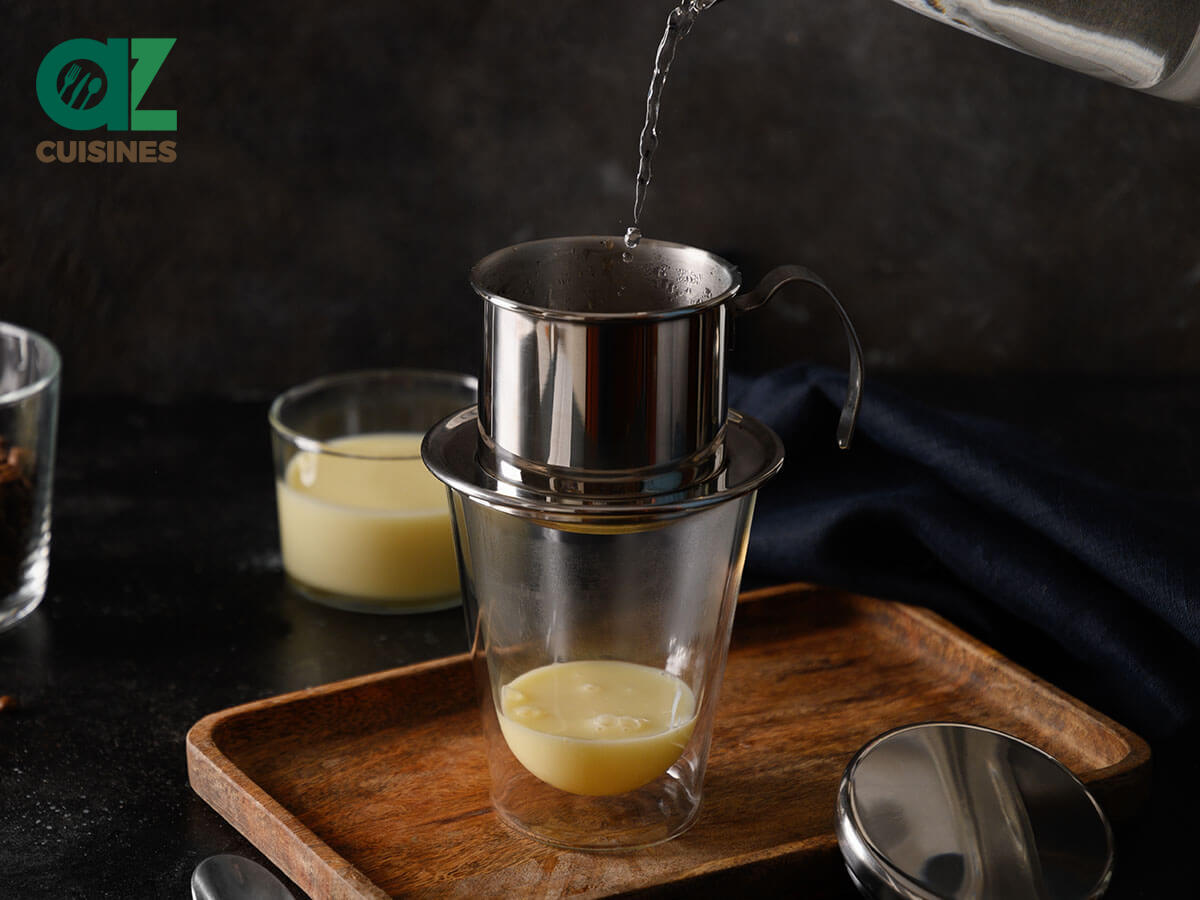

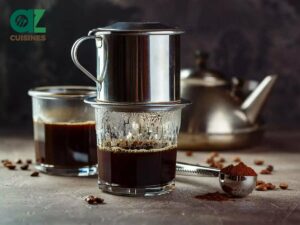
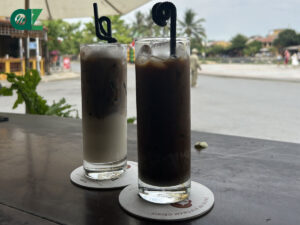
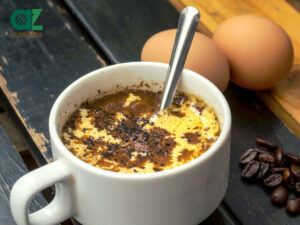

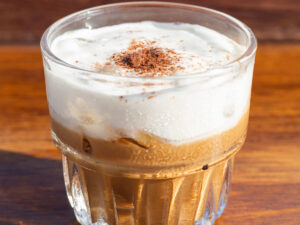
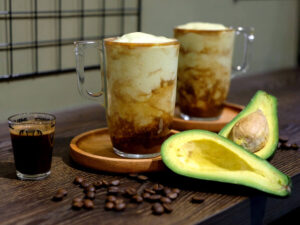
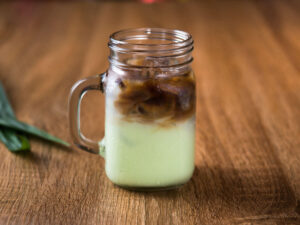
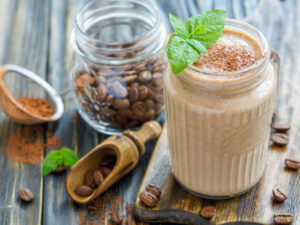
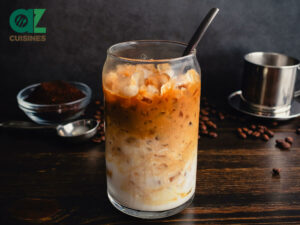
Adam Sam
Senior Food and Drink Editor
Expertise
Food Writer & Recipe Developer, Recipe Tester, Bartender, Cooking-video Maker, Editor In Chief
Education
Adam Sam, an experienced food writer and recipe developer, is passionate about blending diverse culinary traditions, national dishes, and innovative beverages, showcasing his proficiency in both traditional and modern recipe testing.
As the Editor-in-Chief, he elevates culinary content from street food to fine dining, focusing on Western cuisine and types of drinks at azcuisines.com, and is professional in creating engaging cooking videos that simplify complex dishes and ingredients.
His passion for food is evident in his writing, where he uniquely merges various cultures, traditions, and contemporary trends, skillfully combining classic recipes with modern cooking methods.